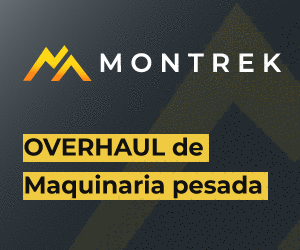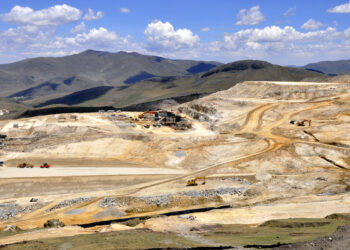The governments of Denmark and Greenland became on Wednesday
the newest shareholders of Bluejay Mining, the London and Frankfurt-listed
company developing an ilmenite sands project in north-west Greenland.
The company said it had conditionally raised £11.5-million (about $15m) through a sale of new shares to investors, including Greenland Venture and Vaekstfonden, the Danish state’s investment fund, which together bought £4 million (roughly $5m) of stock.
Bluejay said it would use the funds to advance the Dundas
ilmenite project, in north-west Greenland, towards granting a mining licence
and for the preparation of full development.
It would also be used towards maiden drilling campaigns at the nickel-copper-platinum-cobalt project at Disko-Nuussuaq and the lead-zinc-silver Kangerluarsuk deposit.
The company aims to produce between 440,000 and 600,000 tonnes of high purity ilmenite, used commercially in the production of paint, adhesives and personal care products, by the end of 2021
Ilmenite is considered the most important ore of titanium, used commercially in the production of paint, adhesives and personal care products such as toothpaste.
“We are delighted to have received strong support from two important Greenlandic and Danish government-backed institutions,” chief executive Roderick McIllree said. “This support demonstrates the mutual desire to grow the country’s mineral resource industry and we hope that Bluejay will be that vanguard.”
The company aims to produce between 440,000 and 600,000 tonnes of high purity ilmenite by the end of 2021. It will start the approval process for a mining license in three to five months, it said.
Miners have become increasingly interested in Greenland as thawing sea ice opens up shipping routes and exposes mineral riches. The phenomenon, however, has the country’s population divided, with some worried about the loss of traditional life-styles while others embrace development.
Greenland, an autonomous region under the Kingdom of
Denmark, is the world’s largest island. Americans have operated an air base on
the northwest coast of the island since 1943.
Greenland makes its own decisions regarding investments in mineral resource activities, including the granting of licences. The region recently issued more exploration and mining licences in a bid to diversify its economy.
The US government has stepped up efforts to ensure the supply of critical minerals from outside China. As part of those initiatives, it recently signed a memorandum of understanding with Greenland to conduct a hyper-spectral survey to map the country’s geology.
Washington has also gained the support of Australia,
which has committed to facilitate potential joint ventures to
improve rare earth processing capacity and reduce reliance on Chinese rare
earths.
The mineral agencies of the both countries signed a research agreement on Tuesday to quantify their reserves of critical mineral reserves.














